This is post one of two, describing a recent program we began implementing with some Ugandan teacher friends. Post #2 will be more about lessons learned through the experiment and experience of partnering with these teachers in this context.
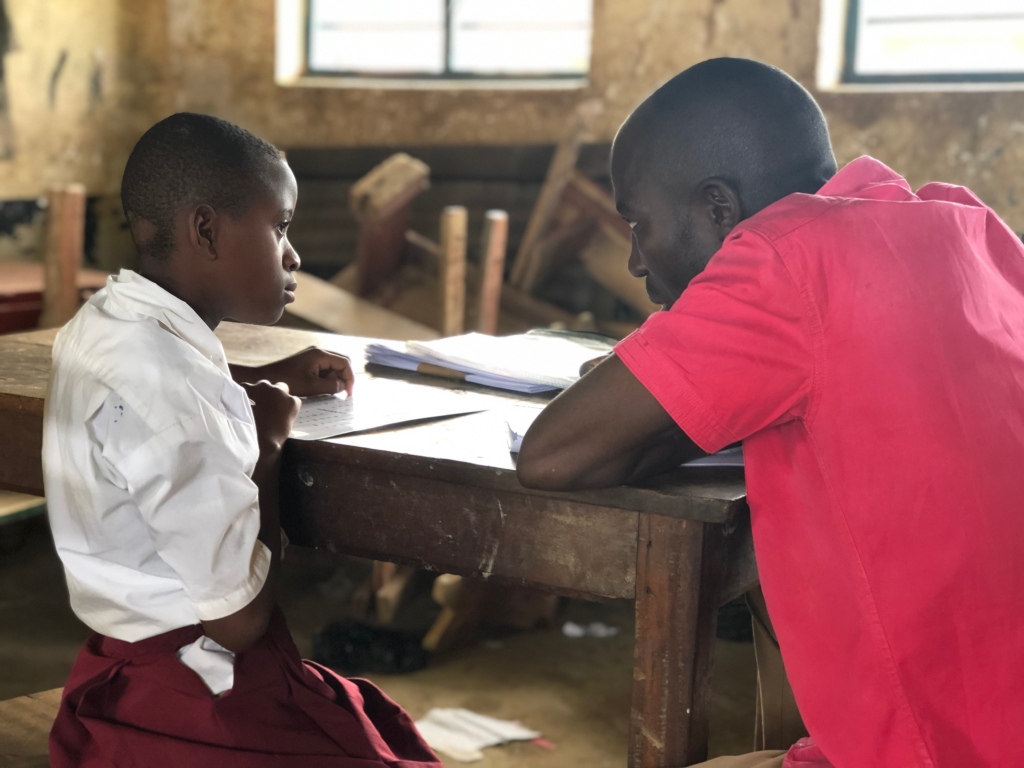
My good friend, Byamuntura Vincent, escorted me from the head teacher’s office across the school’s courtyard with its massive shade-casting tree, to his P.4 classroom in the upper primary block of Bundimulinga Primary School. As I looked through the open windows I could see numerous heads facing my way while I approached, myriad eyes scanning this 6 foot mujungu (outsider), with my pink and blue tie and camel colored dress shoes. I stepped up onto the concrete slab and entered through the wooden doorframe, adjusted my eyes to the dim shadowy classroom lighting and slowly swiveled my gaze from the front to the back. I began silently counting faces – 1, 2, 3 … 50 … 100 … 150 … 198. 198 students in this class of 4th graders! Easily this was the most crowded, high-density classroom I had EVER been in. I couldn’t believe it, and I couldn’t imagine how my friend, as good of a teacher as he is, could even attempt to teach these kids how to read. Most of them couldn’t identify any sounds in English, let alone decode any words, even ‘cvc’ words like “cat”, “sit”, or “run”. At that moment I seriously questioned the potential effectiveness of this experiment, and felt sorry for my friend, to be honest, despite the beaming smile stretched across his face and the pedagogical fervor that I observed as he taught his students on that muggy morning in Nyahuka, Uganda.
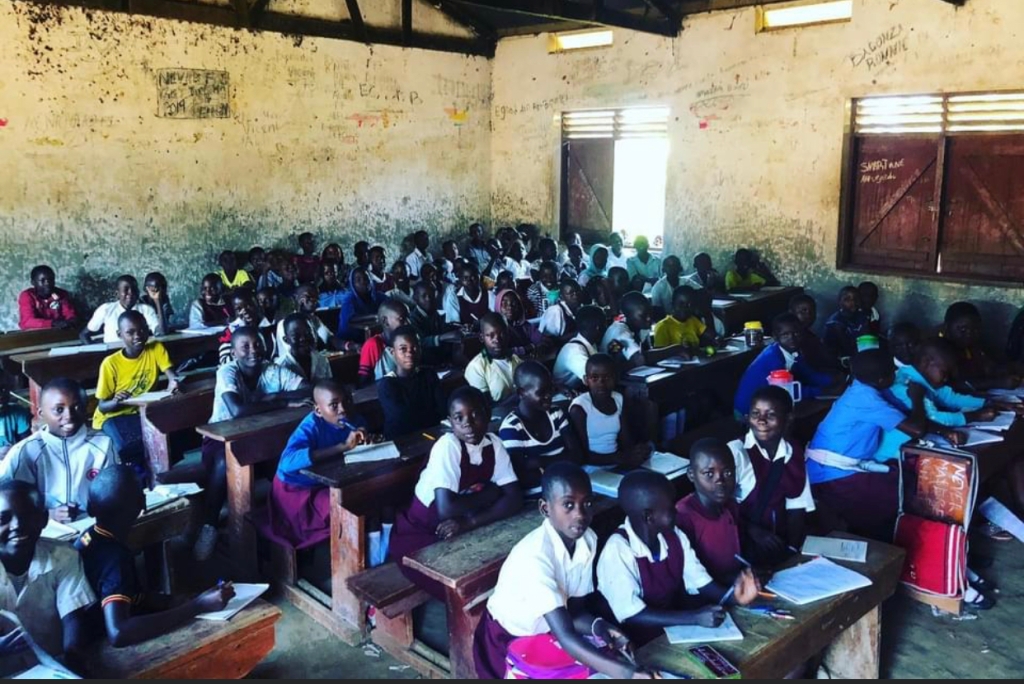
A few years ago, before we arrived here, a missionary couple partnered with 5 local teachers and sent them to Gulu, Uganda for an educational training. The host organization, Read for Life Uganda, seeks to develop resources and train teachers in effective literacy practices in English. Since its independence in 1962, Uganda holds English as a national language, and as the language of instruction for all schools beginning in Primary 4. However, the historical methods for teaching reading is essentially to write words on the board, read them aloud, have students recite them over and over, and memorize that when you see the word “run” it says run. Theoretically, this would be effective if there was a reasonable number of words to memorize. However, there are over 170,000 words in English, more than any other language in the world! Students need to learn how to read – how to identify the sounds that letters make, how to blend them, how to decode words, and much more. And this doesn’t take into account all of the tricky sight words that don’t follow the rules we learn (ie. “right” – try sounding that out). As of 2020, the Ministry of Education in Uganda has recognized phonics as an appropriate and expected way of teaching reading. That’s great. But none of the teachers were taught to read that way, nor were they trained as teachers to teach that way. Many students in Bundibugyo progress through primary school still unable to read well by the end of Primary 7. Enter Read for Life, and our partner teachers.
They came back from that training fired up, excited, and ready to implement the program in their own classrooms and schools. During the second half of 2019, they began by getting some preliminary assessment data, slowly ventured into uncharted territory for them during initial implementation and were excited to have a full school year in 2020 teaching students how to read. 2020, ever heard of it? Instead, they got 7 weeks thanks to COVID-19, which closed all schools in Uganda. For these teachers and their students it lasted for over 12 months! During that time, all the missionary kids here continued learning on our compound at the mission school (since we all live on the same compound, it was allowed to remain open). Meanwhile, in America, all of our friends and family had access to online instruction, or hybrid school, however effective that may or may not have been. Alexis and I couldn’t fathom the fates of our neighbors and kids’ friends here, who had NOTHING – no online school, no t.v. lessons, no take home packets, no books at home, parents who did not speak fluent English, no local library, no … no nothing! We felt like we just had to find a way to provide something. So we partnered with two of the teachers on the literacy leadership team (the ones who had been trained) and launched a COVID Literacy Camp. For 10 weeks, everyday, 25 kids got to come for one hour to the mission library and be taught reading and writing by a trained Ugandan teacher. At the end of the lesson they received a snack and a cup of tea. Most students started camp being able to identify a grand total of ZERO sounds in English. By the end, the average was 32 sounds mastered, which would put them for their age group in the top 2% of Ugandans based on the EGRA assessment. Just 10 weeks. Just one hour a day. Imagine what a continual educational program with at least one hour a day could do for them! But we couldn’t facilitate that. Nor should we necessarily. For one, they would normally be in school all day and only have 3 week term breaks, so we wouldn’t have much continual access to them. Two, we were only able to support 25 kids, but there are thousands of children in Bundibugyo. And three, our mission is to come alongside, to train and facilitate and encourage capable local leaders to provide for their community what they see is needed. We are not American superheroes coming in to save the day. We are regular people saved by God’s grace, blessed with immense resources, and sent by God to empower and support others to do their work better.
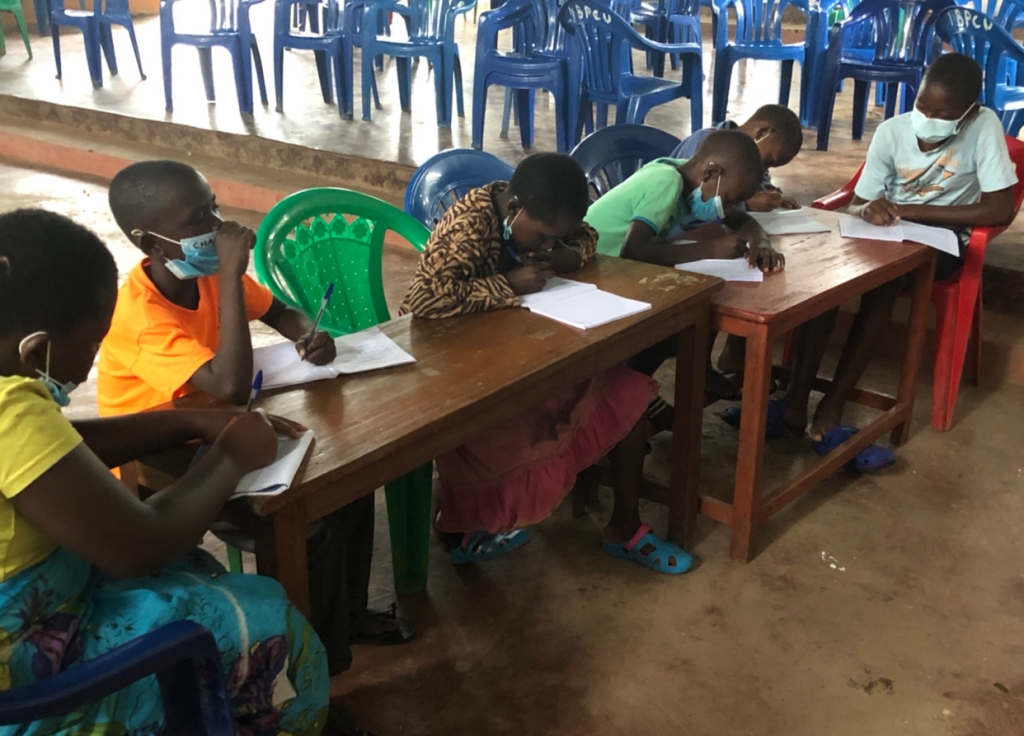
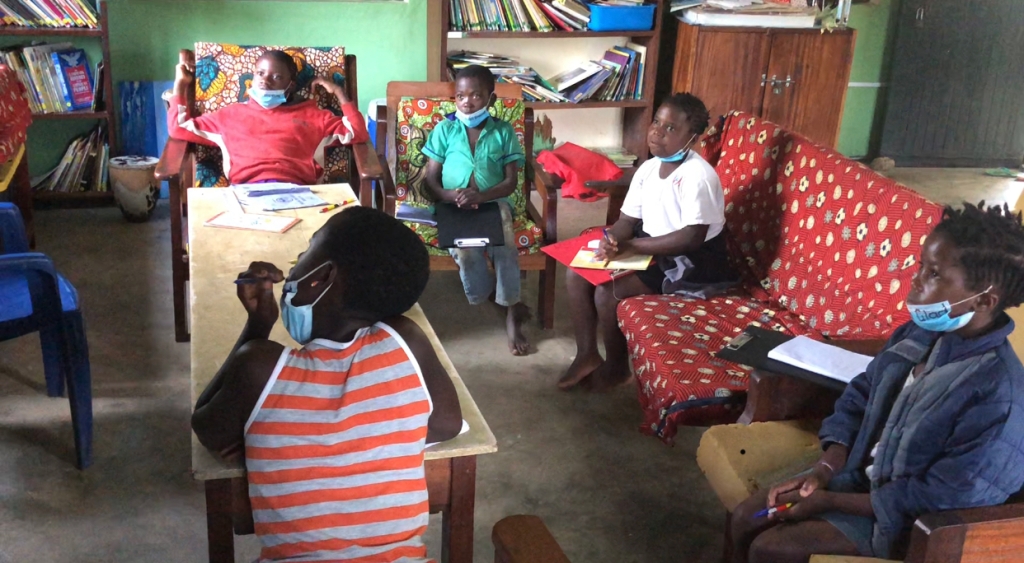
Every child deserves access to a high-quality education. It’s a matter of justice, getting what you deserve. Nobody chooses to be born where there are few schools, or so few quality schools because teachers lack access to quality materials and quality training. It’s a broken system, and the children are often the educational victims. In the book of Amos he says, “But let justice roll down like waters, and righteousness like an ever-flowing stream” (ESV).
So our vision became (and matched the original vision of the training) to send these teachers out into their classrooms and schools to implement the program broadly. But we still had many questions. How would this work, actually, would this work at all in a typical classroom in western Uganda? During camp our teachers had on average 6 kids in a group at a time. In their real classrooms, it could be upwards of, well, 198! Relatedly, how will it account for the range of skills in their classrooms? Some could in fact read a few sounds and words already, whereas at camp we chose students who were more homogenous phonetically based on pre-assessment data. Only one way to know, try it out! So when schools finally reopened for Primary 4 students in April, 2021 we decided to support the implementation in four schools, via our partner teachers. Our literacy team assessed 313 students across our 4 partner schools (Bundimulinga, Busaru, Mirambi, and New Star) as well as a control school (Bundikakemba) that was not teaching the phonics curriculum, for comparison’s sake.
Then they taught. Every day, for one hour a day, they taught their students how to read. Sound by sound, blend by blend, tricky word by tricky word. Using songs, total physical response, tracing with their fingers, choral responses, and many other methods. No print resources, just a chalkboard and student notebooks. No small group rotations, no para-educators to help, no book bags to send home, no iPad apps to supplement. Just a piece of chalk, a quality curriculum, and teachers’ enhanced skills in pedagogy specific to literacy instruction and the reality of their context.
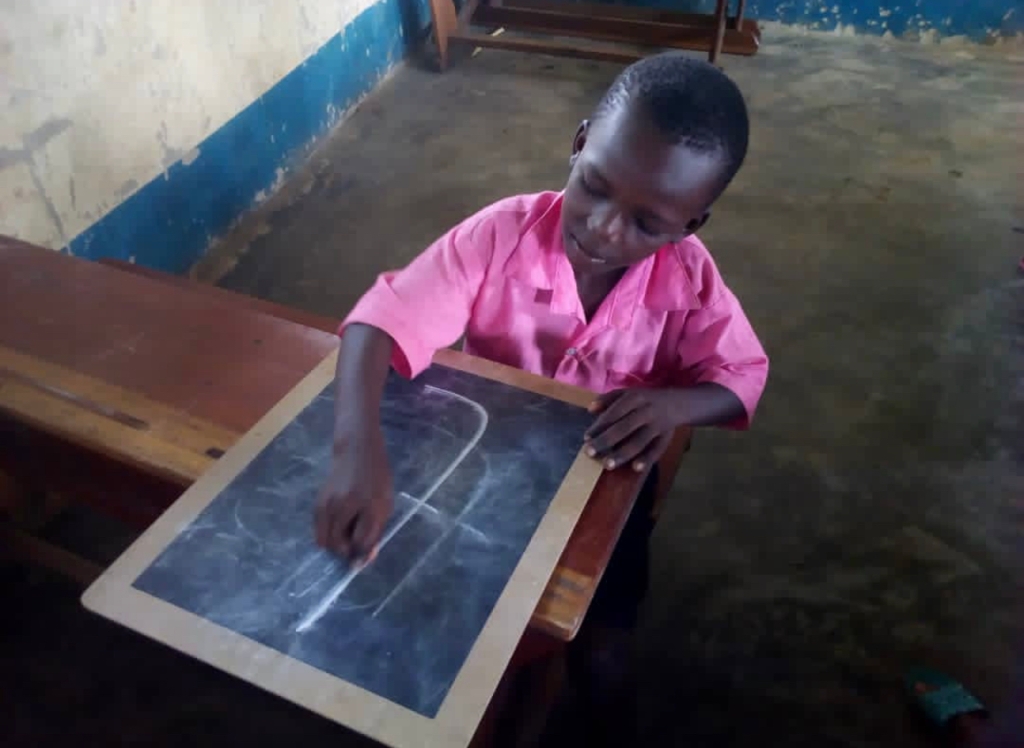
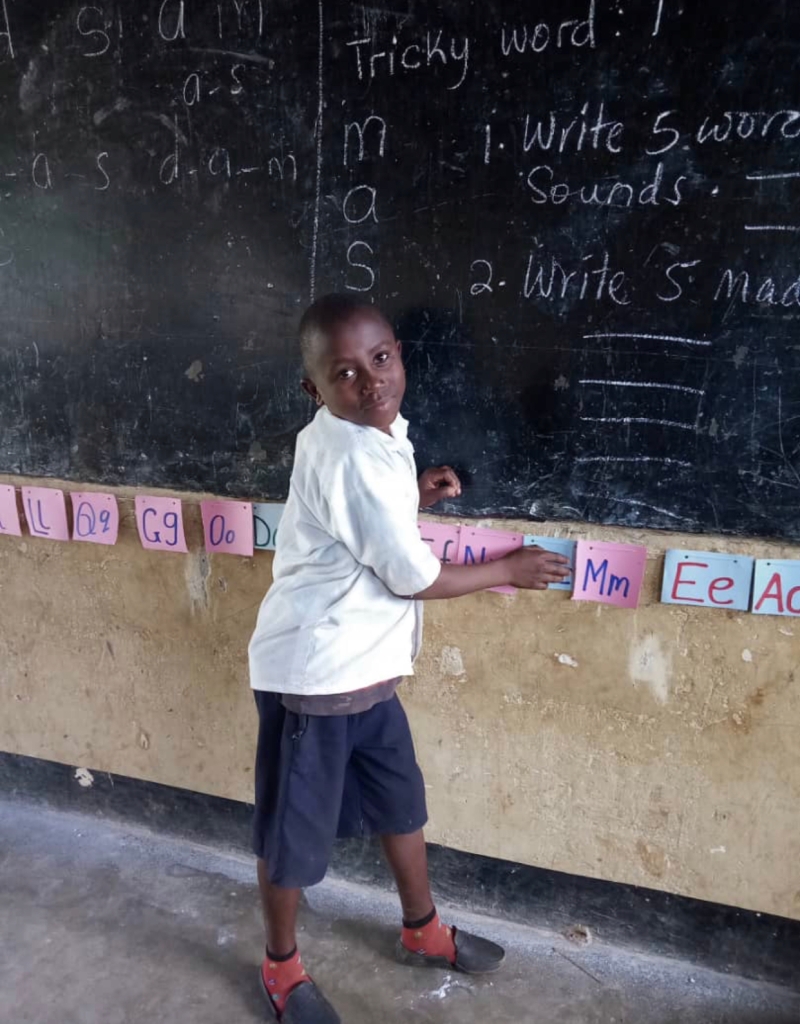
The school term was cut short due to a new staggered calendar by the Ministry of Education. P.4’s had to go home so that other classes could return and schools could be less crowded and thus not spread COVID. So when all was said and done, teachers had implemented the program for merely 5 weeks. 25 days total. Only 25 hours, really. 198 kids in my friend’s class. I was skeptical of what the results could possibly show. It wasn’t much time. Nonetheless, they assessed, one-on-one, and then marked 300+ exams. I entered all of the data into Google Sheets. Then I sorted, then calculated, then stared at the results in surprised astonishment. The control school students had grown zero sounds on average. Some scores had actually gone down, interestingly. Clearly they had not truly mastered the sounds at that point. However, of the 263 students that were part of the implemented program, based on potential sounds they could have learned (1 a day for 25 days), their average growth was 94%! Without the program = 0 growth; with the program = 94% growth! I was flabbergasted, astonished. Alexis and I, as well as our other mission teachers Michaela and Laura, had visited classes a few times to observe, but had not really engaged much other than to encourage and see how it was going. We just let them fly, and put their training into effect, despite the massive hurdles that we saw them facing. And then, in just 5 weeks of targeted instruction, these kids were identifying so many sounds, and even reading on average 23 words per minute, up from virtually 0 a month before!
So what’s next? Well, President Museveni has placed Uganda into another national lockdown, closing all schools again indefinitely as COVID-19 is on the rise here and less than 1% of the country is vaccinated, and no vaccines are currently available. We are again partnering with two teachers from the literacy leadership team, as well as two recent graduates of CSB who want to be teachers, to implement another camp on the mission. It’s called Kwegha Camp this time (which means “learning” in Lubwisi) and incorporates numeracy as well as literacy skills. That will continue through August. But the sky is the proverbial limit. Bundibugyo has 157 primary schools and we would love someday to see all children in the district learning how to read, which will increase secondary level enrollment and overall success, university opportunities, and further development of this beautiful, but under-developed place. As a starting point, we are supporting the five partner teachers to implement the literacy program in their schools. Ideally, they can begin teaching the curriculum starting in Primary 1 so that by Primary 4 students can be reading to learn and not still learning to read. This will require more training for their colleagues in these schools as well so it can be a coordinated effort throughout the school. If things go well, eventually the training can be expanded to other schools in the area and the learning and growth can spread to all someday.
Every child deserves access to a high-quality education. Thanks to these teachers – Byamuntura Vincent, Elder Tusabe Vincent, Konjoka Moses, and Mutabingwa Erias – their students are getting just that.
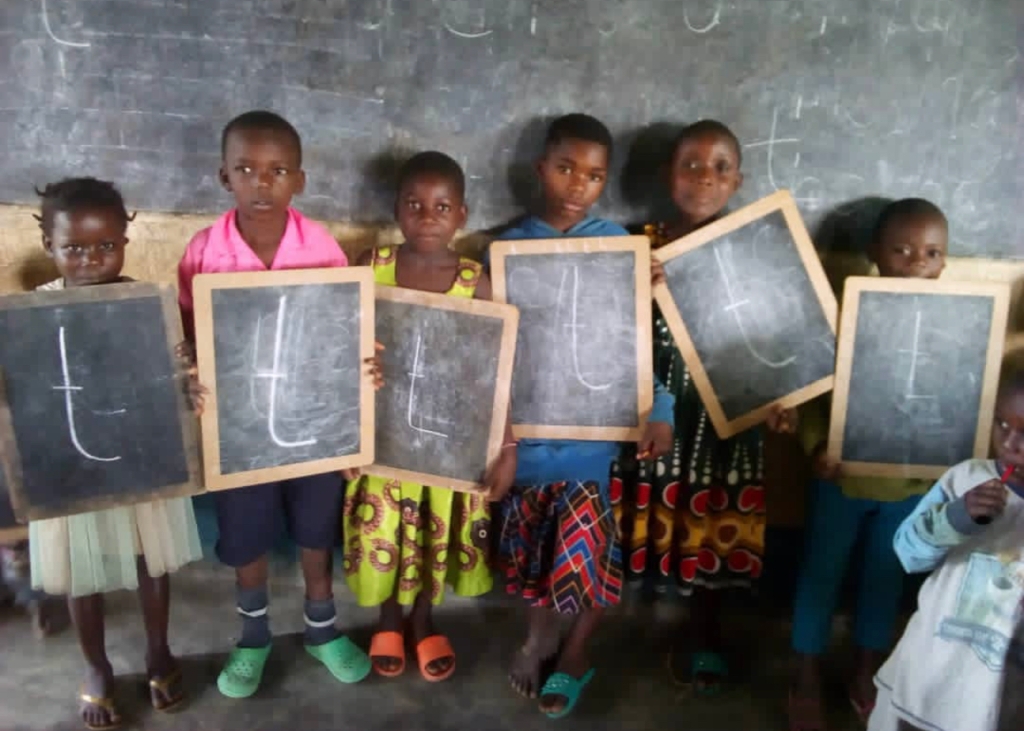
One thought on “Coming Alongside for Literacy (part 1)”